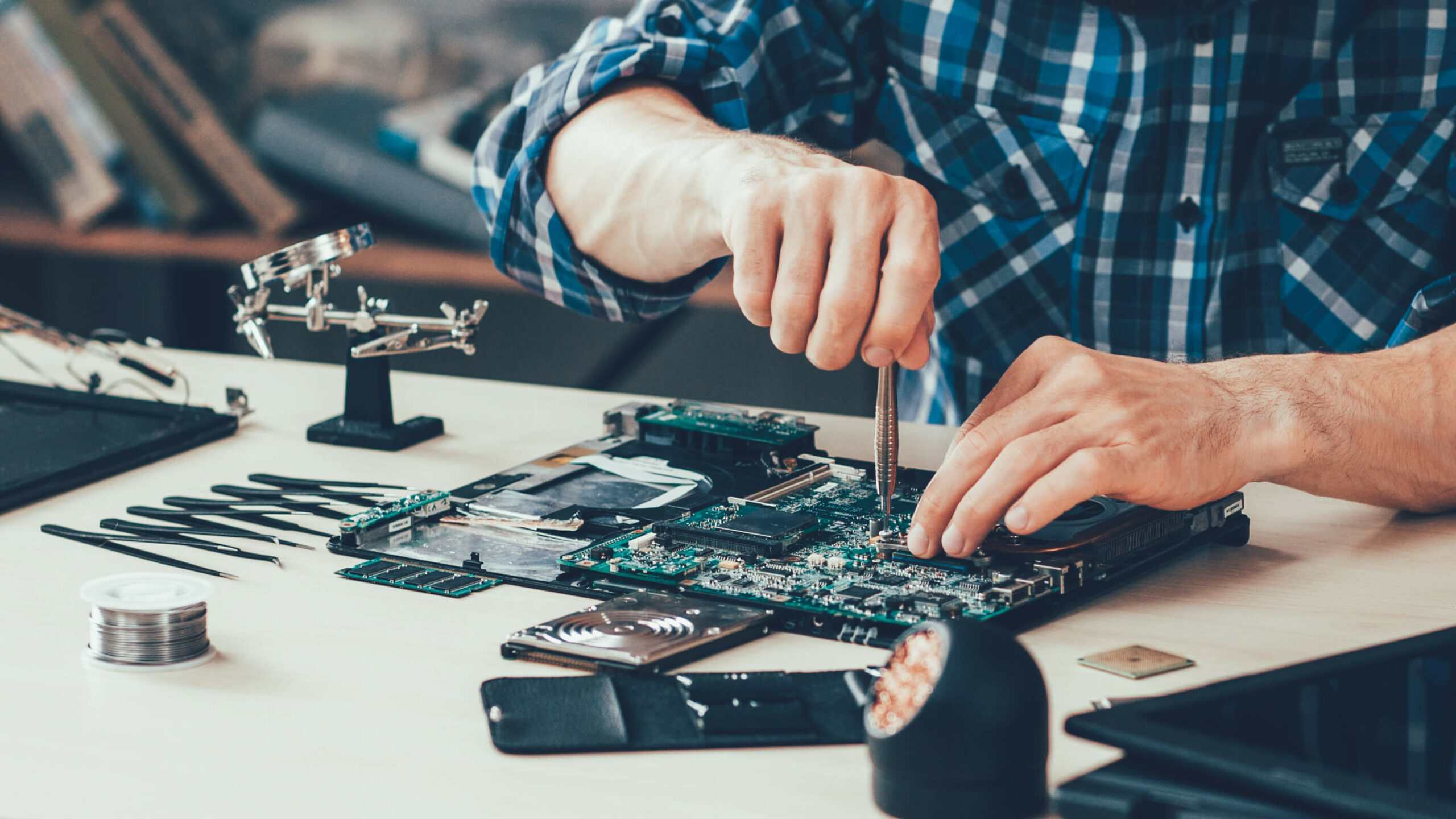Robotics
Overall Course Objectives
Is to introduce the robotics theories, methods, and techniques for the mathematical modelling, design, control, and programming of robot systems and applications.
The aim is to enable the students to manage to work professional engineering with focus on application of industrial robots and service robots, including the Computer Integrated Manufacturing.
Furthermore the aim is to qualify the students with competences and engineering skills for further research and product development of intelligent robots and solutions.
Learning Objectives
- Define and evaluate design specifications and analyze application areas of industrial robot and service robots focusing on mathematical modelling of robots’ and mechanisms’ geometry, kinematics, dynamics and sources of energy,
- Analyze and apply coordinate transformations and representations in the three dimensional space by use of homogeneous transformation matrices.
- Apply the Denavit-Hartenberg Convension for the kinematic representation of serial robot mechanisms
- Apply forward and inverse kinematic transformations between the robot joint space and the three dimensional Cartesian space.
- Derive the Jacobians for serial mechanisms and apply these matrices for the transformation of velocities and static force/torque as well as the analysis of singularities and manipulability, etc
- Develop the multivariable, nonlinear and coupled dynamic equations for serial mechanisms.
- Develop linear, dynamically uncoupled robot models from the nonlinear, multivariable and coupled robot models
- Carry out different kinds of trajectory planning.
- Apply classic control theory for analysis and synthesis of robotics servo systems.
- Carry out project teamwork on control engineering analysis and design of a robot manipulator.
- Demonstrate a basic knowledge concerning typical state of the art robot programming methods used in industry.
Course Content
Introduction to robotics and application areas. Mathamatical modelling of robots and mechanisms. Spatial descriptions and transformations related to robotic systems. Kinematic notations. Direct and inverse kinematics. Jacobians for the calculation velocities and static forces. Robot manipulator dynamics. Trajectory planning, and trajectory generation by interpolation. Robot control; classic linear control, multivariable control, and model based control strategies. Introduction to CAD/CAE based programming and simulation of robotic systems. Technical and economical considerations concerning the implementation of robotics system in industry. Obligatory project task concerning kinetic modelling, programming and simulation of a robotic system, etc. Written project report.
Recommended prerequisites
31300/31301/41671/41672/42672, Knowledge of control theory corresponding to an introductory control course.
Teaching Method
Lectures, exercises, group work and homework.




